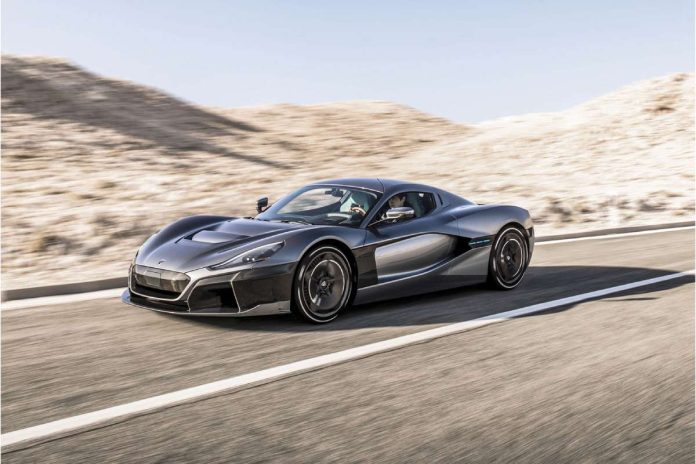Power sports vehicles help you get from here to there, whether you are working or playing. These specialized vehicles require specific types of batteries. These batteries are different from what you use in a standard automobile, a wheelchair, or a mobility scooter. To get the most out of your power sport vehicle, you need to select the right battery.
Also Read: Best Practices While Using Vulnerability Scanners
The Importance of Battery Size
There are multiple types of power sport vehicles. They include:
- Motorcycles
- Jet skis
- Snowmobiles
- All-terrain vehicles
- Utility terrain vehicles
Selecting the correct size for your power sport vehicle is important for ensuring you will not be left stranded by the side of the road or the trail. The overall generic term for power sport vehicle batteries is valve regulated lead acid, or VLRA, batteries. They are designed especially for power sport vehicles. Their benefits include:
- Low maintenance
- Few or no fumes
- Low susceptibility to vibration
- Sealed and spill-proof
- Multiple mounting options
These specialty batteries come in different sizes and power capacities, and the best choice depends on your power sport vehicle’s construction and how you intend to use it. For example, if you want to use your motorcycle for long road trips, you need a larger motorcycle battery with more power capacity, or ampere hours. On the other hand, if you want to use your motorcycle for less intense street riding, a smaller battery might work well.
Capacity & Maintenance
The capacity of power sport vehicle batteries involves three factors. They are:
- Ampere, or amp, hours – The amount of amperage a battery provides in one hour
- Cold cranking amps – A battery’s capacity for powering up an engine in cold temperatures
- Reserve capacity – The length of time a fully charged battery holds its charge
Power sport VLRA batteries are available as either gel batteries or absorbed glass mat, or AGM, batteries. Gel technology is older. It loses power faster than AGM batteries, and it does not crank up as well as AGM batteries in cold temperatures. Your choice of a gel battery or a tx20hl battery could come down to the climate where you live.
Regular maintenance keeps your wheels running. Familiarize yourself with the warranty for your particular battery. Check it regularly, especially after heavy usage. If you need to add water to the battery cells, use distilled water. Your power sport battery may also need to be periodically charged.
Charging Solutions for Power Sport Batteries
Sifting between the many types of battery chargers available may seem complicated, but you can simplify the process using these tips:
- Follow all instructions that come with your charger.
- Choose a charging unit that shuts off automatically.
- Use a charger designed for the chemistry, size, and voltage of your battery.
- Do not use chargers with power outputs of more than 1.5 amps.
Correct charging is an important part of maintaining your motorcycle battery, helping increase its longevity.
Power sport vehicles are as fun as they are useful. Selecting the best battery for your needs ensures you get the best performance possible. Talk to an automotive expert about your needs. The right power sport battery, when maintained well, can take you down the trail or highway for as long as you want to ride.
Also Read: What Is Descriptive Analytics and How Can You Capitalize on It?

